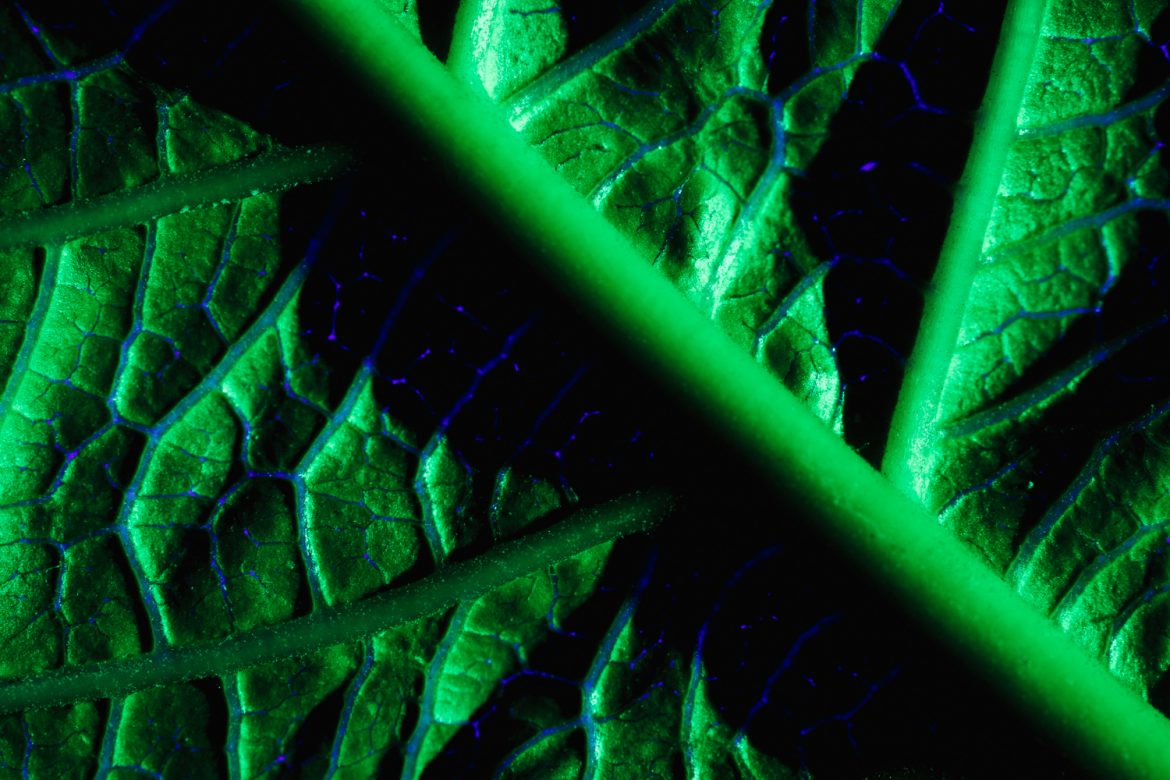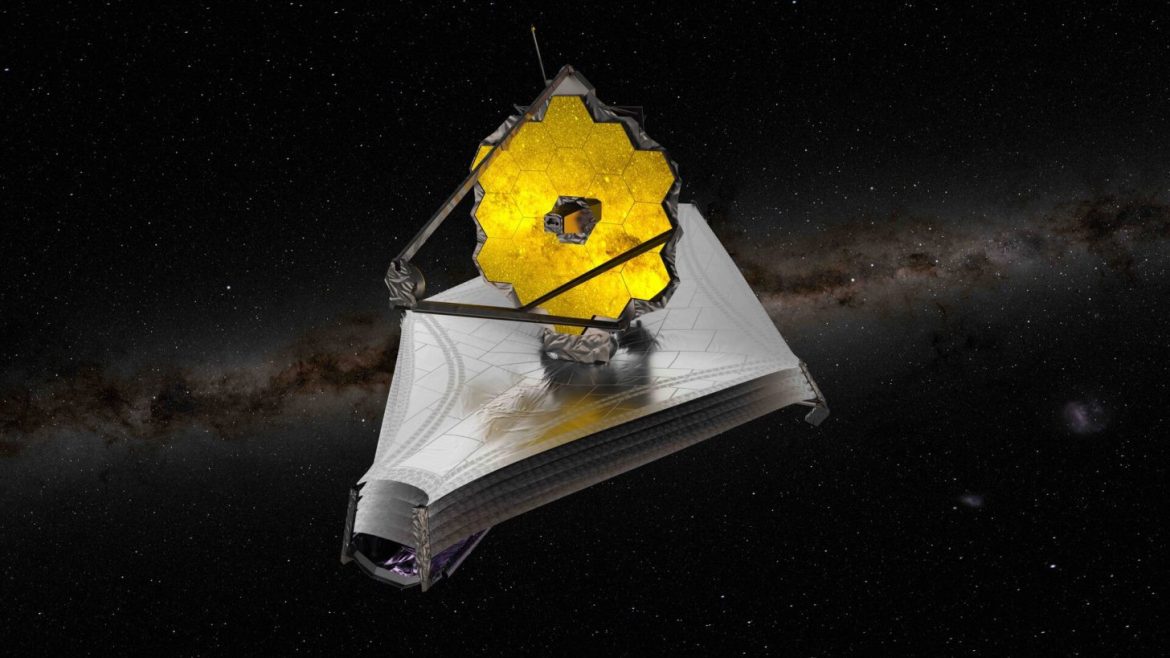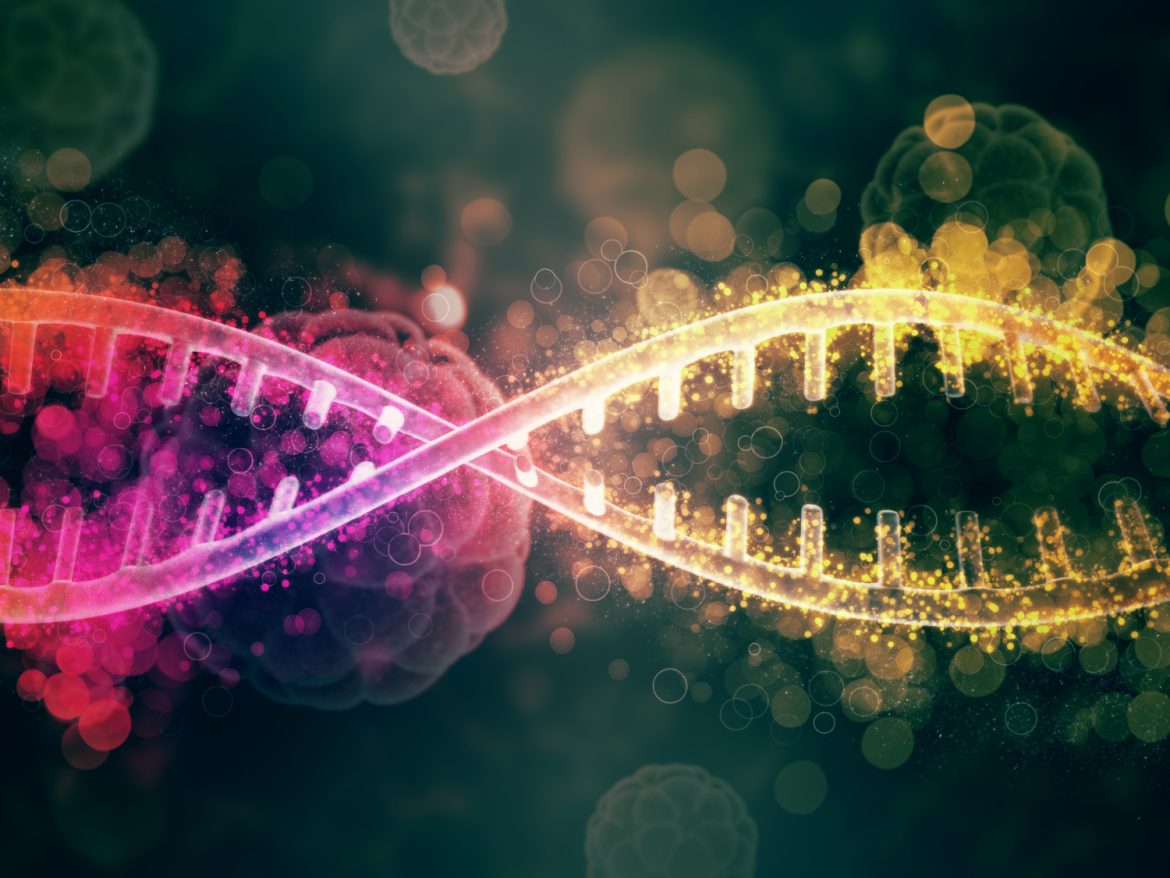Nature has been converting sunlight, water, and carbon dioxide into chemical energy for billions of years. Copying this process promises carbon-free production of fuels and raw materials. A combination of cobalt catalysts and nanostructured semiconductors now demonstrates efficiencies greater than 10% for converting CO₂ into methanol.
Science
Advertising
Advertising
Advertising
Advertising
In a classical computer, the unit of information is a bit with values 0 or 1. In a quantum computer, it is a qubit, which can be both zero and one at the same time thanks to superposition. Add to this entanglement, when the state of one qubit is connected to another regardless of the distance, and we get a system whose computing power grows exponentially.
Advertising
Three decades ago, interfering with human DNA seemed like science fiction, but today CRISPR-Cas9 has already changed the practice of biomedicine. The tool was borrowed from bacteria: when a microbe encounters a virus, the Cas9 protein cuts its genome precisely along a given “address line” of RNA. Scientists have adapted this mechanism to cut out defective sections of DNA and insert correct ones.
Advertising





